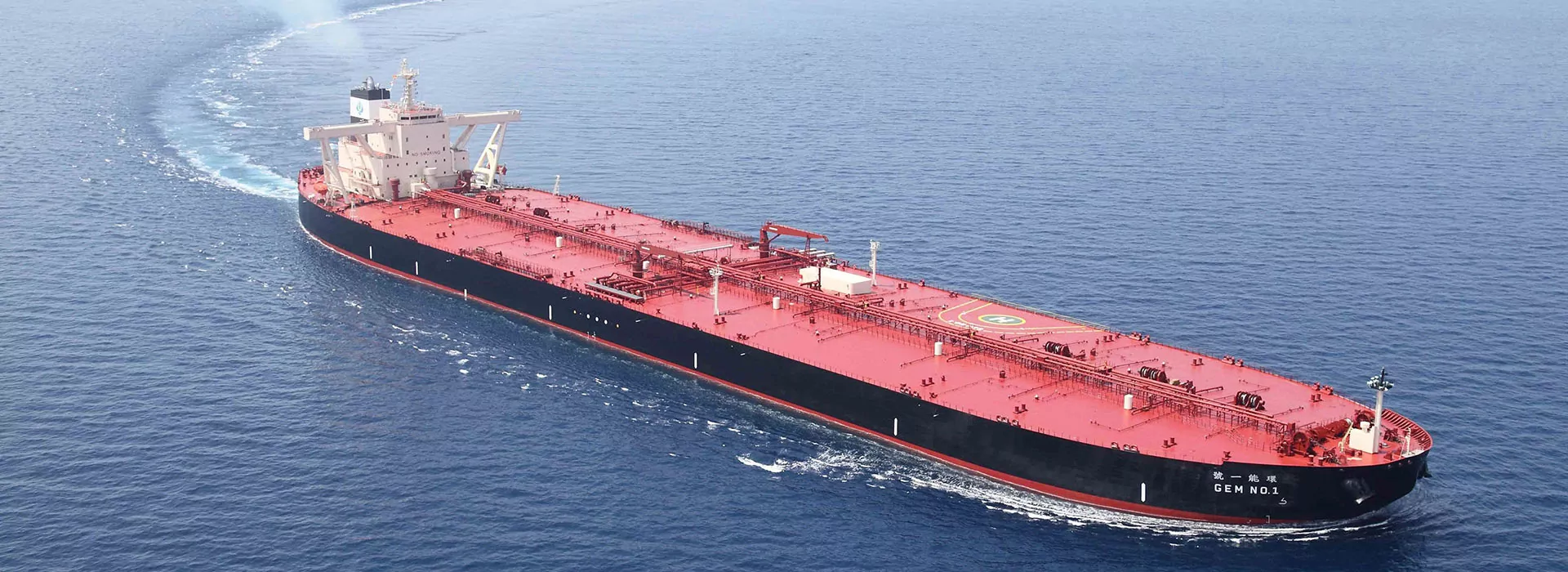
Middle East Crisis: What could be the impact on the tanker market?
NEW YORK : Middle East tensions and a threat of war escalating is definitely on the cards, after recent events. But, unlike recent examples, it seems that this time around oil prices aren’t going much higher, with most of this already priced in. So, unless there’s a closure of the Hormuz Strait, the tanker market will be “business as usual” for the time being. In its latest weekly analysis, Poten commented that “ever since October 2023, when the Hamas attack on Israel ignited a major conflict in that region, tensions in the Middle East have been high. The recent killings of senior Hamas and Hezbollah officials have further escalated the situation. In the past, increasing tensions in the Middle East would immediately translate into a spike in oil prices, usually followed by higher tanker rates. The reaction of the oil and tanker markets has been fairly muted so far. Is that a quiet before the storm or have the circumstances in the region changed?”
According to Poten, “there are several reasons why conflicts in the Middle East always trigger thoughts of spikes in oil prices and tanker rates. Firstly, the region still produces and exports a very significant percentage of global oil. In 2023, around 30% of global crude oil production came from the Middle East. The vast majority of this oil originates from five OPEC countries: Saudi Arabia, Iran, Iraq, Kuwait and the United Arab Emirates. The other reason why the world – and the shipping industry in particular – pays close attention to the Middle East, is that three of the major world oil transit “chokepoints” are in the region. In 2023, 20.9 Mb/d of crude oil and products passed through the Strait of Hormuz, 8.8 Mb/d through the Suez Canal / Sumed pipeline and 8.6 Mb/d through the Bab el-Mandeb Strait”.
Poten noted that “history shows a long list of events in the Middle East that had a major impact on oil and tanker markets. Some of the key post World-War-II oil shocks include the Suez Crisis of 1956-57, the OPEC oil embargo of 1973-1974, the Iranian revolution of 1978- 1979, the Iran-Iraq War initiated in 1980 and the first Persian Gulf War in 1990-91. Both the Suez Crisis of 1956-57 and the Six-Day War, which followed in 1967, closed the Suez Canal. The second closure, which lasted until 1975 had a significant impact on the tanker market. It forced tankers to take the longer routes around the Cape of Good Hope and led to a dramatic increase in tanker sizes.
Prior to 1967, there were no tankers larger than 200,000 dwt. The first of these “Very Large Crude Carriers” or VLCCs was delivered in 1967. By 1975, when the Suez Canal reopened, there were more than 500 of these giant tankers. During the 1980s, the “Tanker Wars” were a significant aspect of the Iran-Iraq War which broke out a few years after the Iranian revolution. During the period from 1984-1988, both Iraq and Iran attacked oil tankers and merchant vessels in the Arabian Gulf and the Strait of Hormuz. Initially, oil prices spiked and commercial shipping in the area dropped by 25%. However, after the initial shock, markets adapted to the ongoing conflict”.
The shipbroker added that “more recently, in September 2019, Middle East tensions spiked when Saudi oil facilities in Abqaiq were attacked. This took out 5.7 Mb/d of oil processing capacity. Oil prices spiked at first, but the Saudis were able to reduce the impact on the oil markets. However, the attack contributed to a rapid increase in tanker rates. The tanker market was already tight, and when the U.S. government placed sanctions on COSCO (for circumventing Iranian sacntions), the market reached unprecedented levels (VLCCs briefly hit >$450,000/day)”.
“What will happen in the next few days or weeks? The Houthi attacks on commercial shipping have already compromised two of the three chokepoints in the area. This has created market inefficiencies and elevated tanker rates across the board. Iran and its proxies have vowed to retaliate to the recent killings putting the region is on high alert. However, most of the tension is already reflected into the oil price. Only an attack on oil infrastructure or a disruption of oil flows through the Straits of Hormuz would create havoc in the oil and shipping markets, but this is in nobody’s interest and remains unlikely”, Poten concluded.

